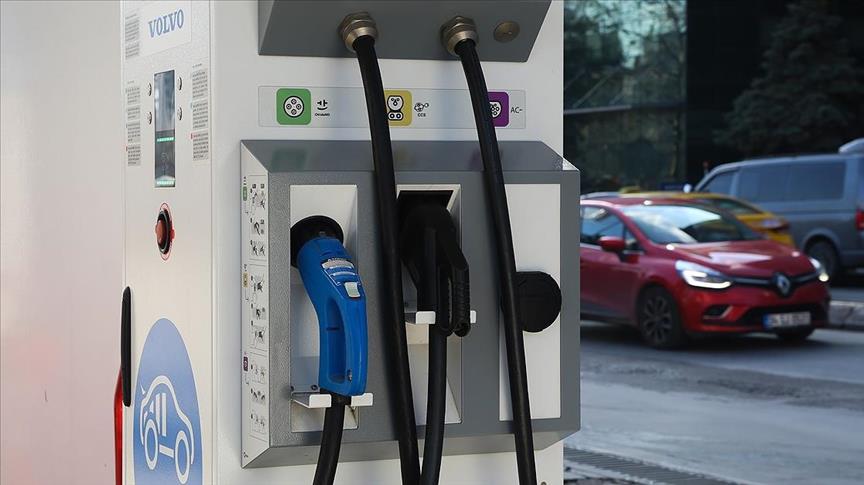Patents for batteries and other electricity storage technologies grew at an annual average of 14% worldwide between 2005 and 2018, according to a joint study published Tuesday by the European Patent Office (EPO) and the International Energy Agency (IEA).
The report, Innovation in Batteries and Electricity Storage, presents the major trends in electricity storage innovation between 2000 and 2018, measured in terms of international patent families (IPFs), each of which represents a high-value invention for which patent applications have been filed at two or more patent offices worldwide.
The report found that since 2000, businesses around the globe have filed more than 65,000 IPFs in the area of electricity storage. The annual number of IPFs has risen steeply, from around 1,500 in 2005 to over 7,000 in 2018.
According to the report, with an average annual growth rate of 14% since 2005, this increase has considerably outpaced the average yearly increase in all technology fields combined over the same period, equivalent to a 3.5% increase.
It also showed that batteries account for nearly 90% of all patenting activity for electricity storage and that the rise in innovation is chiefly driven by advances in rechargeable lithium-ion batteries used in consumer electronic devices and electric cars.
'Electric mobility in particular is fostering the development of new lithium-ion chemistries aimed at improving power output, durability, charge/discharge speed and recyclability. Technological progress is also being fuelled by the need to integrate larger quantities of renewable energy such as wind and solar power into electricity networks,' the report explained.
- Japan and South Korea lead battery technology
The study also showed that Japan and South Korea have established a strong lead in battery technology globally.
According to the study, technical progress and mass production in an increasingly mature industry have led to a significant drop in battery prices in recent years – by nearly 90% since 2010 in the case of lithium-ion batteries for electric vehicles, and by around two-thirds over the same period for stationary applications, including electricity grid management.
However, it stressed that developing better and cheaper electricity storage is a major challenge for the future.
'According to the IEA’s Sustainable Development Scenario, for the world to meet climate and sustainable energy goals, close to 10,000 gigawatt-hours of batteries and other forms of energy storage will be required worldwide by 2040 – 50 times the size of the current market,' it said.
EPO President Antonio Campinos was also quoted as saying that electricity storage technology is critical when it comes to meeting the demand for electric mobility and achieving the shift towards renewable energy that is needed to mitigate climate change
“The rapid and sustained rise in electricity storage innovation shows that inventors and businesses are tackling the challenge of the energy transition. The patent data reveals that while Asia has a strong lead in this strategic industry, the US and Europe can count on a rich innovation ecosystem, including a large number of SMEs [small and medium-sized enterprises] and research institutions, to help them stay in the race for the next generation of batteries,” Campinos said.
IEA Executive Director Fatih Birol also asserted that energy storage would need to grow exponentially in the coming decades to enable the world to meet international climate and sustainable energy goals.
'Accelerated innovation will be essential for achieving that growth,” he noted.
By Ebru Sengul Cevrioglu
Anadolu Agency
energy@aa.com.tr


